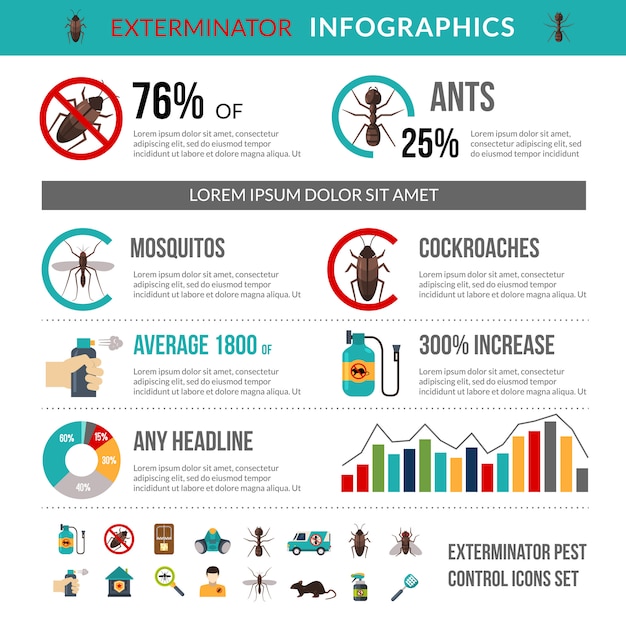Taking Care Of Rodent Infestations: Insights Right Into Rat Psychology
Taking Care Of Rodent Infestations: Insights Right Into Rat Psychology
Blog Article
Post Developed By-Broussard Krag
When it comes to rodent control, understanding usual rodent behavior is essential to successfully handling problems. Did you understand that rodents have some fascinating nesting behaviors that might shock you? By discovering their complex behaviors, you can get important understandings right into how to take on rodent problems in an extra critical and effective fashion. So, let's decipher the secrets behind these animals' activities and find out exactly how to outmaneuver them in your rodent control efforts.
Rodent Nesting Habits
When observing rats in their natural habitat, you'll notice that they proactively choose products to build their nests. https://www.texarkanagazette.com/news/2023/jul/17/editorialwild-life-best-leave-animals-alone-when/ , such as mice and rats, are resourceful creatures that utilize a range of items like branches, leaves, paper, and fabric to develop their homes. They're precise in their nest-building process, commonly lining their nests with softer products like hair or feathers to produce a relaxing environment.
Rats like to construct their nests in concealed and safe and secure areas to shield themselves and their young from killers. Typical nesting spots include wall surface dental caries, attics, basements, and also within insulation materials. By creating their nests in these secluded locations, rodents can securely elevate their spawn away from potential risks.
It is necessary to understand the nesting routines of rodents when implementing control actions. By interrupting their nests or getting rid of products, you can dissuade rodents from establishing a presence in your home or residential or commercial property. Correct cleanliness and sealing entry points are also essential action in stopping rodent infestations.
Rat Feeding Patterns
After observing rodents' nesting routines, it becomes evident that their feeding patterns play a crucial role in their daily lives and behaviors. Rodents, consisting of computer mice and rats, are opportunistic feeders, implying they'll take in whatever food source is conveniently offered. They're mostly nighttime animals, choosing to forage for food during the cover of evening to stay clear of killers.
Rodents have a diverse diet regimen, ranging from grains, seeds, fruits, and vegetables to pests, nuts, and also tiny animals. This flexibility in their food selections allows them to thrive in various atmospheres, consisting of metropolitan locations where human food sources are abundant.
Their feeding patterns aren't just driven by cravings yet likewise by the requirement to accumulate food for times of scarcity. This actions is especially noticeable to prepare for winter season or when nesting. Rats are known to hoard food in their nests or burrows, making sure a consistent food supply. Understanding their feeding patterns is important in executing reliable rodent control measures to disrupt their food sources and stop problems.
Rodent Movement and Travel
Rats browse their environments with dexterity and stealth, using their eager detects to relocate quickly with their environments. These creatures are adept climbers, able to range wall surfaces and upright surfaces effortlessly. They can additionally press through remarkably small openings, making it important to seal off any prospective access factors in your house.
When it pertains to traveling, rodents tend to follow familiar paths, producing tracks along walls or skirting the sides of spaces. They're creatures of habit, commonly adhering to these developed routes as they forage for food or explore their surroundings.
Rodents are understood for their nocturnal routines, so you may hear them scampering around in the evening as they look for food and water. Their motions are quick and irregular, enabling them to dart in and out of view in the blink of an eye.
Comprehending exactly how rats relocate and travel can help you identify possible infestation areas in your house and take aggressive actions to stop these parasites from getting a foothold.
Final thought
As you function to control rats in your house, remember that comprehending their actions is key. By recognizing their nesting habits, feeding patterns, and motion, you can properly stop problems.
Coincidentally, by taking positive measures to remove food sources and seal access factors, you can interrupt their acquainted courses and force them to look for new areas, eventually minimizing the probability of rodent existence in your home.
